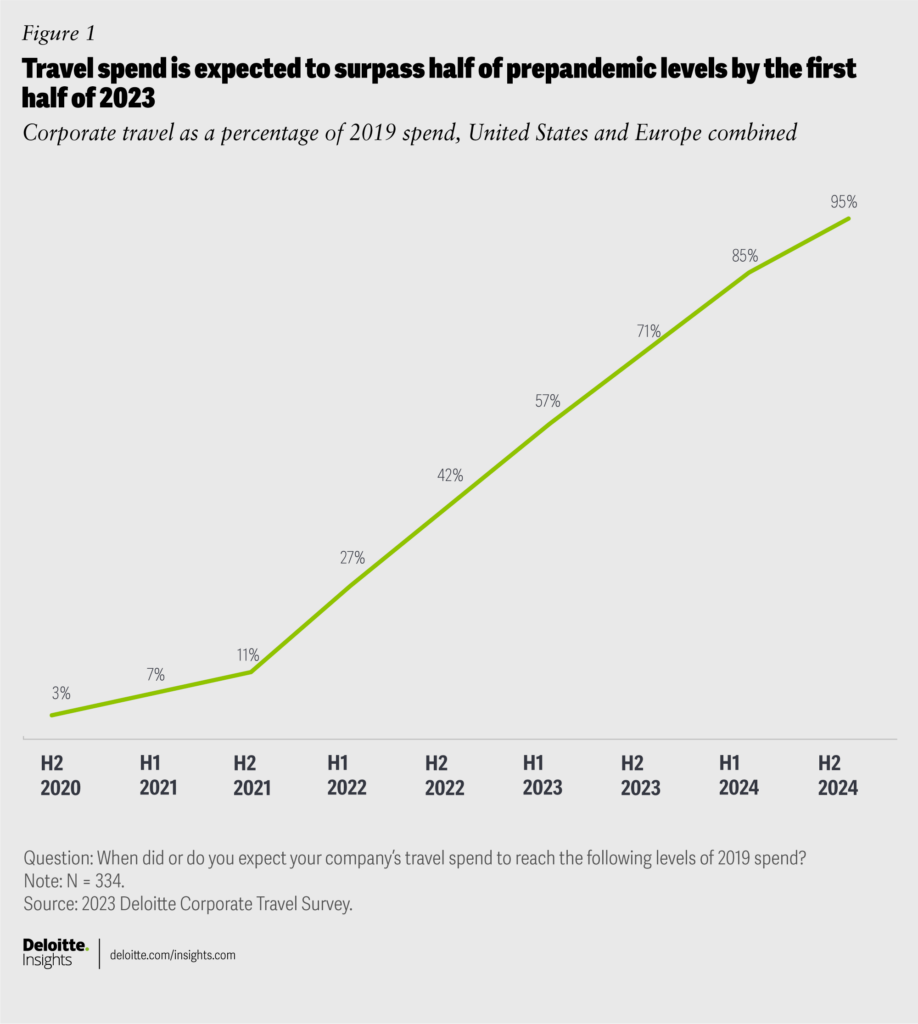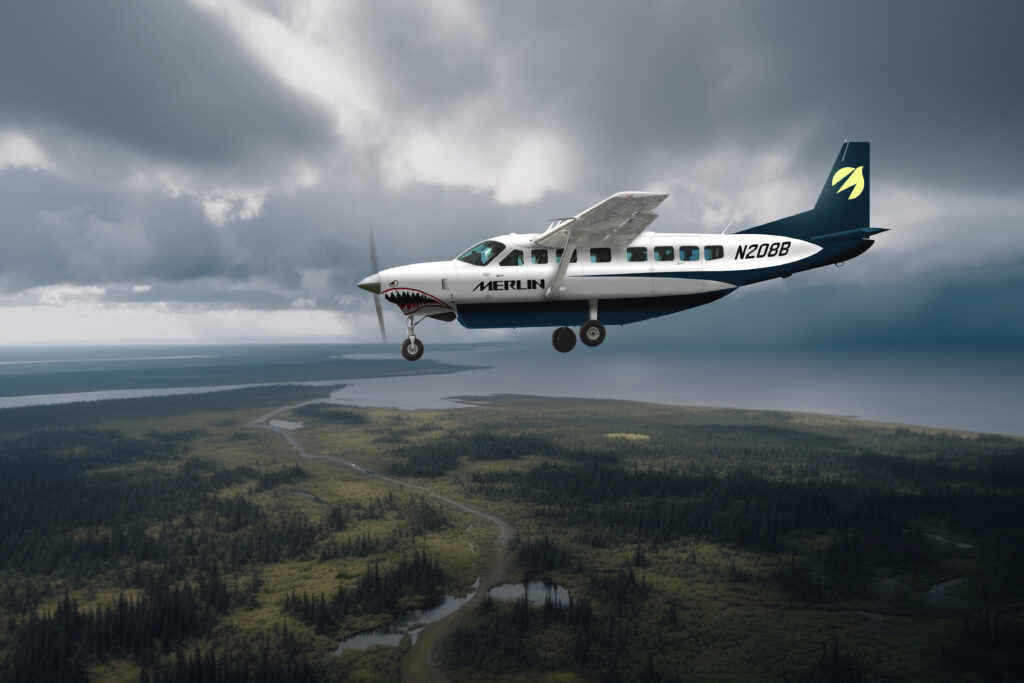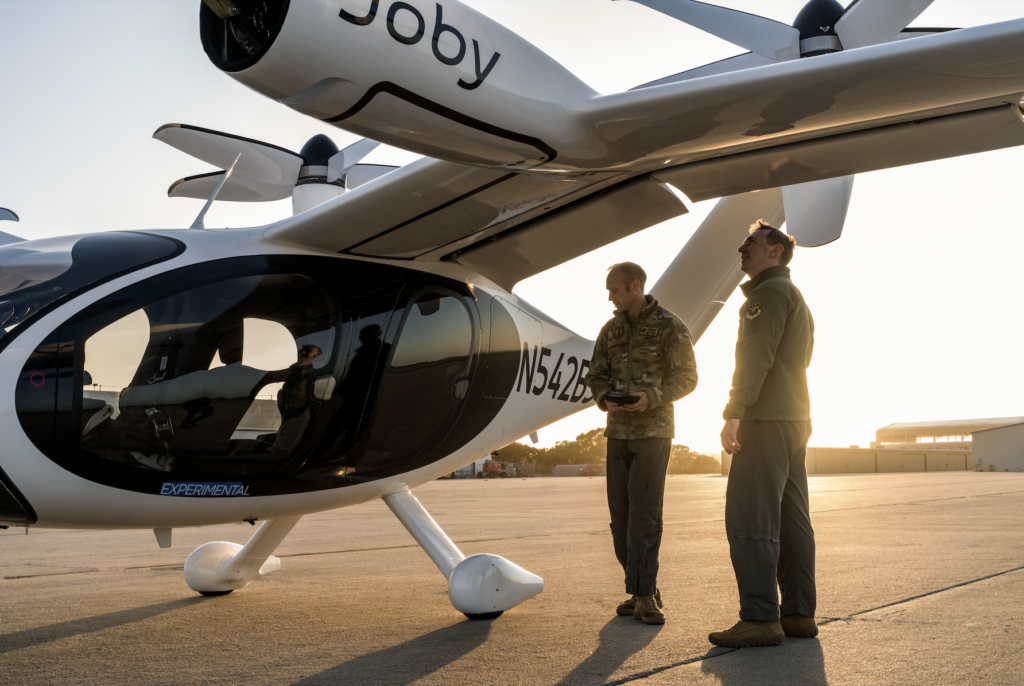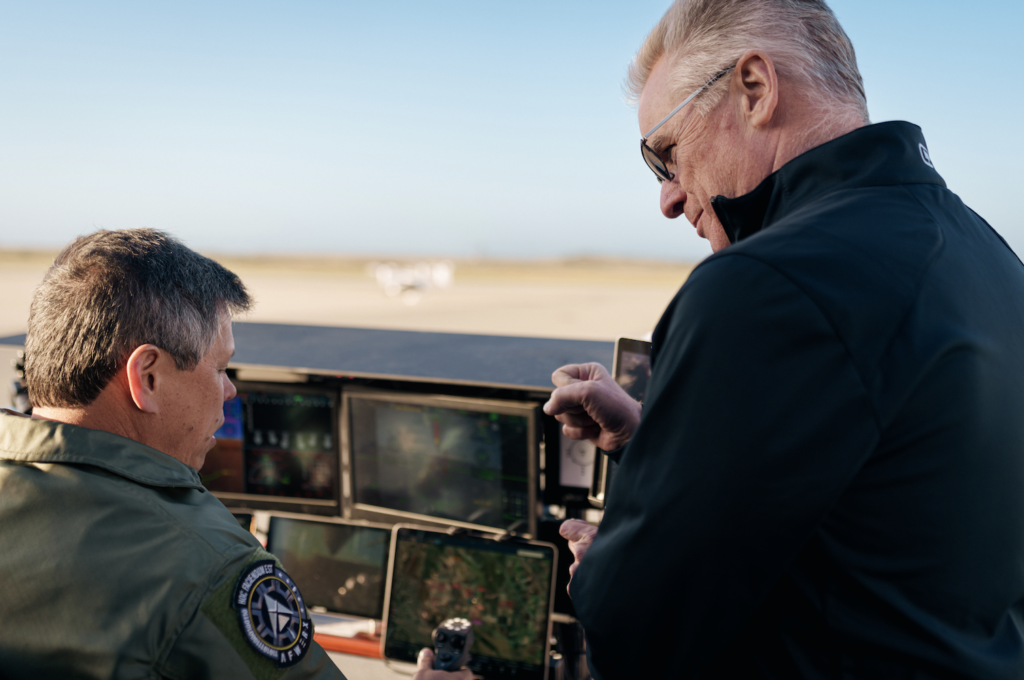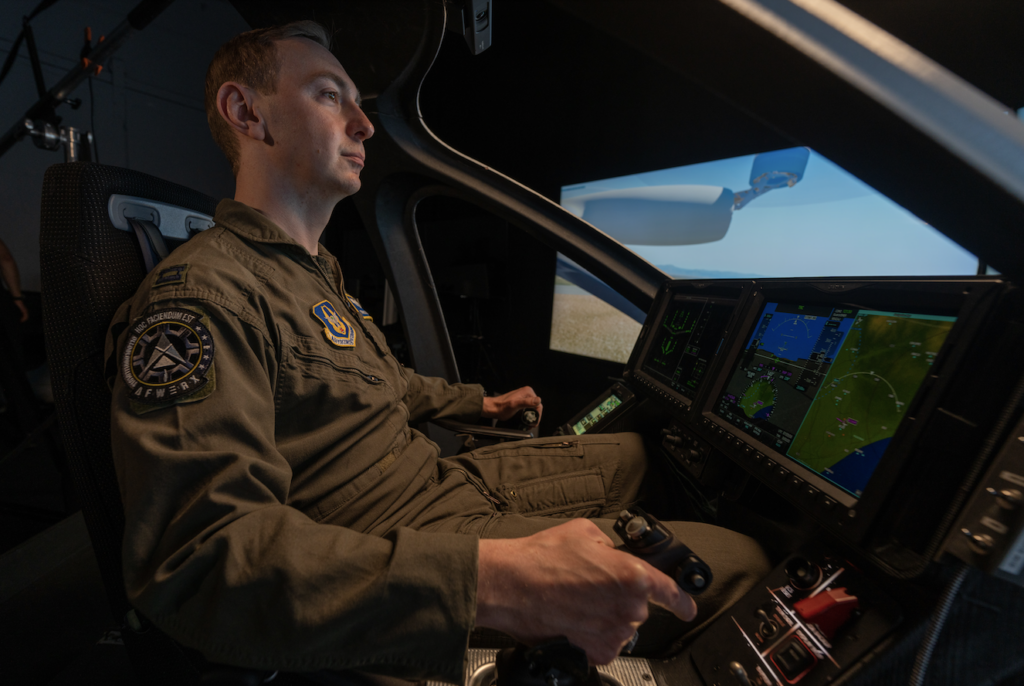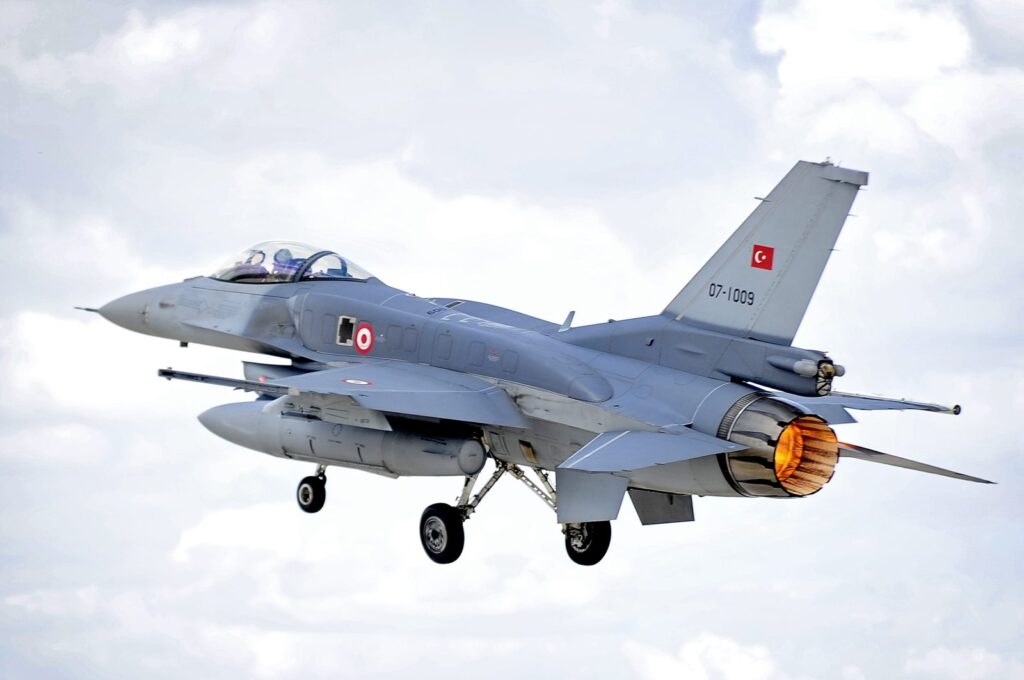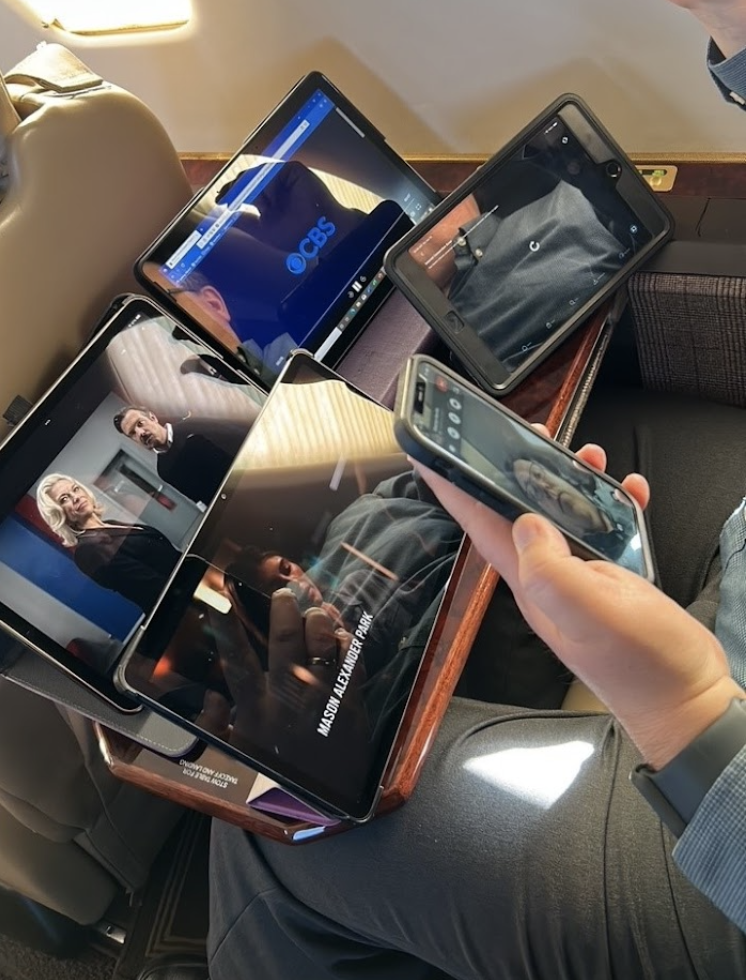The Latest Advancements in UAS
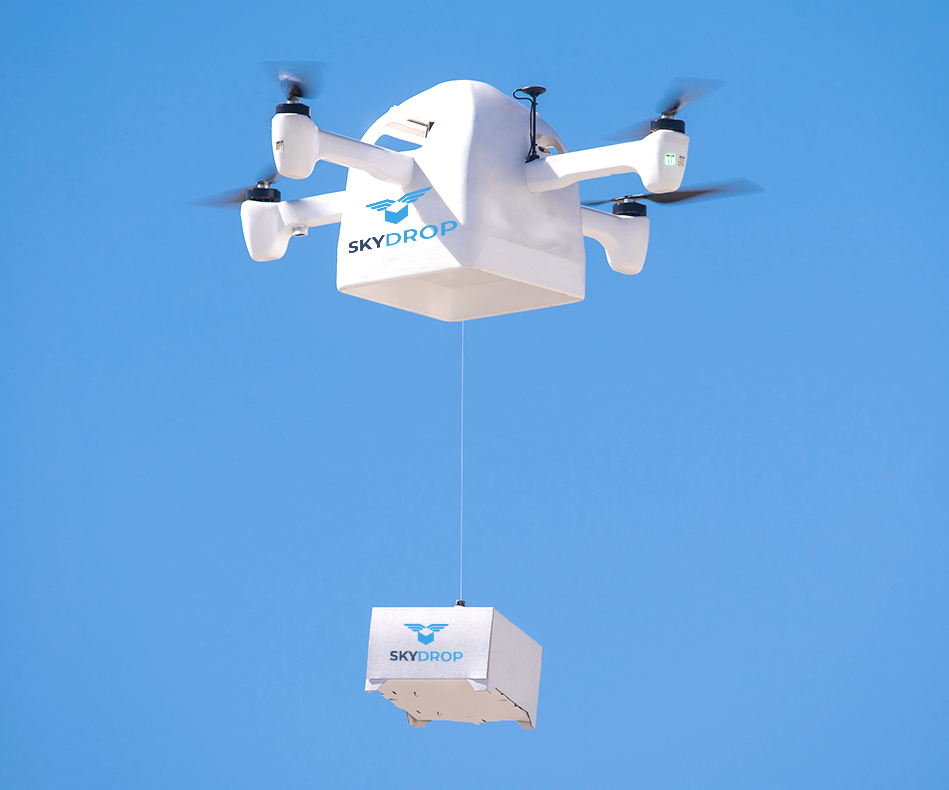
In recent years, the world has seen a rapid rise of uncrewed aircraft systems (UAS). While it started as a small sector of the aviation industry, its popularity and relevance across a variety of disciplines has fueled its growth to a mainstream concept. In recent months, UAS has appeared in countless headlines, illustrating the versatility that this technology offers for different industries across the world.
The progress UAS has made would not be possible without some degree of acceptance from regulatory bodies. Governments across the world have adjusted legislation and granted approval for a variety of drone-based projects designed to improve efficiency and convenience for various stakeholders. For example, Reno-based operator Skydrop recently received Part 102 approval from New Zealand’s Civil Aviation Authority (CAA) to launch a delivery drone hub in Huntly, New Zealand. Also operating some beyond visual line of sight (BVLOS) operations, the company is the first store-to-door drone delivery to receive approval in New Zealand.

Drone developers and operators have made some key announcements in recent months, demonstrating progress from Chile and New Zealand to China and beyond. (Photo: Skydrop)
In some areas of the world, like China, drone regulations are already designed to encourage innovation and experimentation with UAS. In recent months, A2Z Drone Delivery Inc., a company dedicated to developing drone delivery technology, announced its plan to expand its test facility in Anji County near Shanghai, China. Given the diversity of both geography and weather conditions in the region, A2Z can further test its delivery solutions to gauge the reliability and consistency of its technology. A2Z is just one of many developers making progress on UAS ambitions: others, like Zipline, have already unveiled new, completely autonomous systems for delivery.
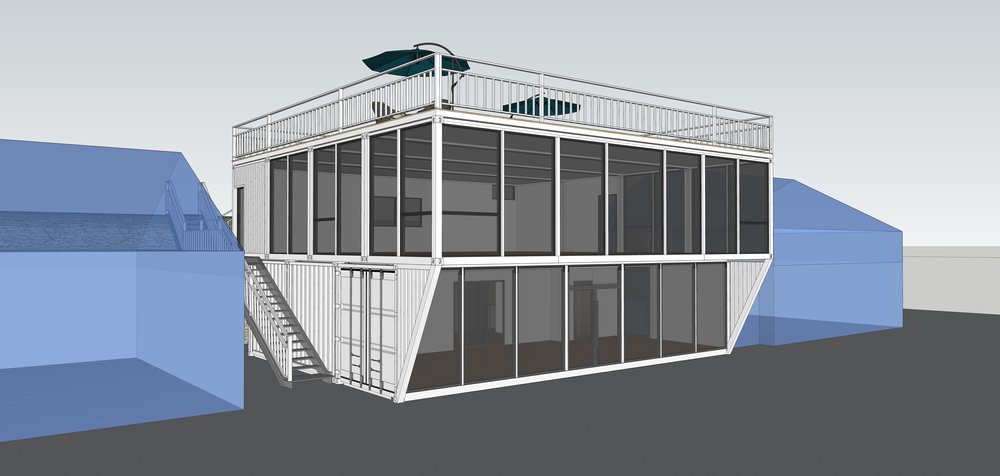
“In cooperation with local officials, we are able to conduct drone deliveries to actual consumers, giving us first-hand knowledge of how the end consumer will interact with our delivery drones.” (Photo: A2Z)
While testing in China, A2Z believes the information it receives and adjustments it makes during the technology’s trial run in Anji County will allow it to create a product better suited for the rest of the world. As Aaron Zhang, founder of A2Z Drone Delivery, explained, “To truly push the boundaries of autonomous unmanned drone delivery our development team needs to be able to test our latest delivery drone systems under real-life conditions. As the US regulations expand to compete with those in operation around the world, we will be ready to take to the skies with the most cutting-edge systems that have been proven safe, reliable and economical thanks to the testing and delivery missions we are able to do in Anji right now.”
In the past week, A2Z also announced the rollout of the RDSX Pelican, its new flagship long-range delivery drone. It’s a hybrid VTOL (vertical take-off and landing) model, and initial deliveries are expected to start in June.

“The new Pelican leverages a hybrid VTOL airframe with no control surfaces to combine the reliability and flight stability of a multirotor platform, with the extended range of a fixed wing craft.” (Photo: A2Z)
A2Z Drone Delivery launched a new integrated cargo drone and a second-generation delivery winch system last summer. A2Z’s CEO Aaron Zhang told Avionics, “We’ve been working on this delivery winch as our core product.”
Implementation of UAS extends beyond delivery. In fact, some agencies are using it to replace traditional means of entertainment. Because of this new demand, UMILES, which operates a line of drone light shows, has just announced an expansion into Chile. The company’s service involves choreographing over 200 drones to create eye-catching demonstrations in the sky. Often seen as a cleaner and safer alternative to firework shows, UMILES has over 30 shows planned for 2023 already, mainly for private businesses and local agencies.
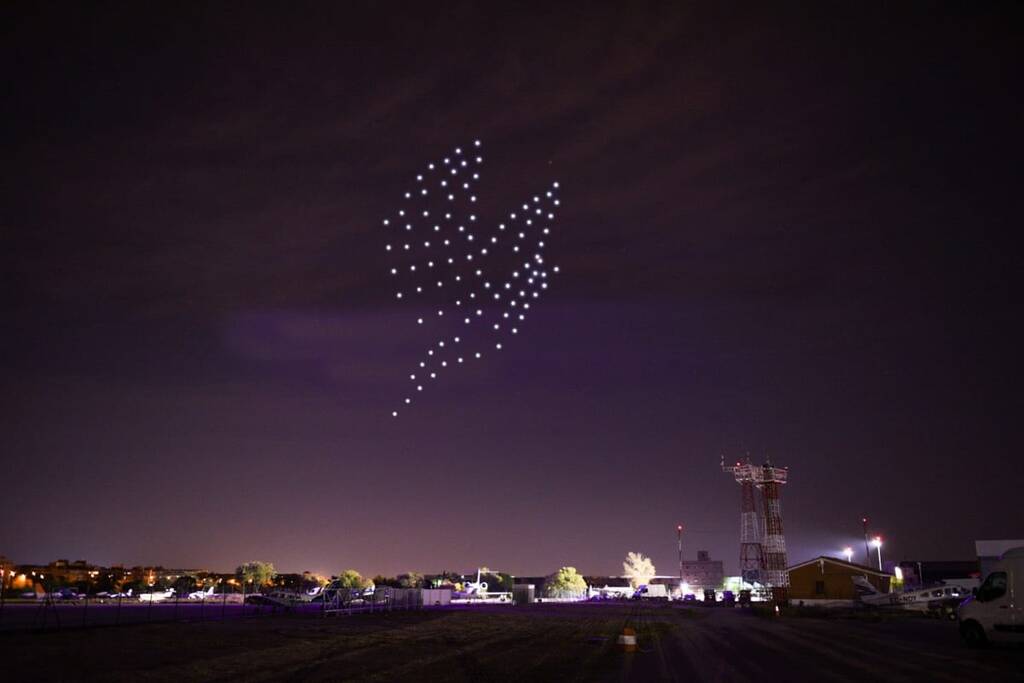
“Since the new European regulation on UAS came into effect in January 2021 there has been a steep increase in demand, and Drone Light Show already has more than 30 shows in the pipeline for 2023.” (Photo: UMILES)
Part of the UMILES Group is a division dedicated to electric VTOL development—UMILES Next. The Chief Operating Officer (COO), Óscar Lara, talked about their autonomous Concept Integrity aircraft in an interview with Avionics last November.
Given recent developments in the progress and demand for UAS, it is apparent that this new technology will play an influential role in a variety of industries ranging from delivery and channel management to entertainment. The coming years will see an unprecedented introduction of new UAS technology to make the lives of people across the world easier.
The post The Latest Advancements in UAS appeared first on Avionics International.
—————
Boost Internet Speed–
Free Business Hosting–
Free Email Account–
Dropcatch–
Free Secure Email–
Secure Email–
Cheap VOIP Calls–
Free Hosting–
Boost Inflight Wifi–
Premium Domains–
Free Domains









